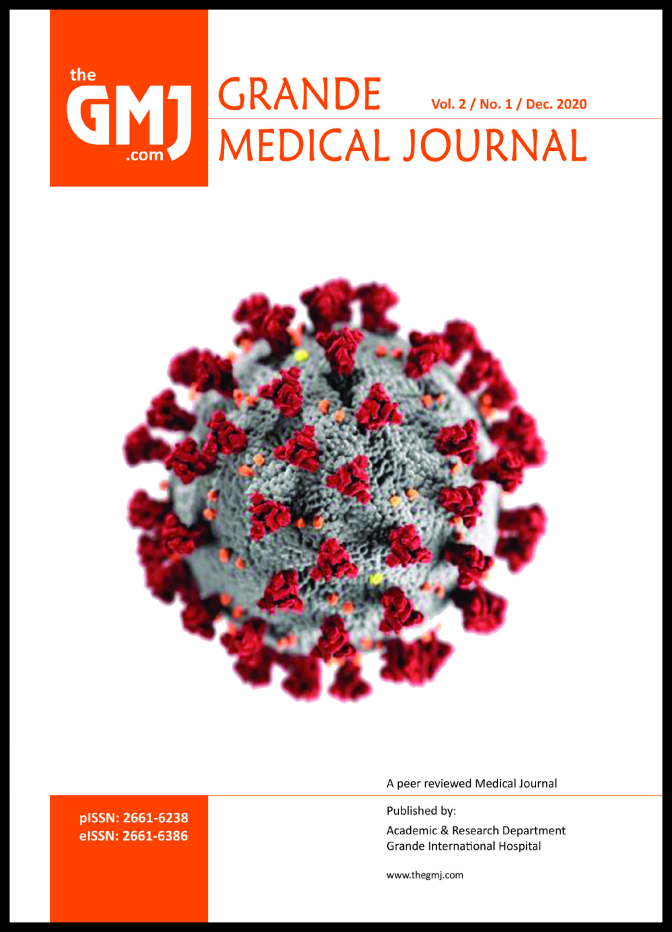Clinical, electrophysiological and MRI profile of Hirayama disease: A case series
DOI:
https://doi.org/10.3126/gmj.v2i1.45081Keywords:
Electrophysiology, flexion magnetic resonance imaging, hand wasting, Hirayama diseaseAbstract
Introduction: Hirayama disease (HD) is focal amyotrophy in young adults, and commonly involves distal upper limbs, often misdiagnosed as motor neuron disease and writer’s cramp. This often leads to delay in the diagnosis and results in disease progression. In this study, we have analyzed clinical, radiological and electrophysiological profile of patients presenting with hand wasting and weakness.
Materials and Methods: Patients presenting with insidious onset of hand wasting (January 2014 to February 2017) were evaluated clinically and electro physiologically. Cervical MRI in neutral and flexion position was done.
Results: All 16 patients were male, were less than 25 years of age, with median age of 22 years. Duration of illness was 3 months to 7 years. All patients presented with insidious onset of progressive weakness and lower motor neuron type of wasting of hands. Nine (56.25%) patients presented with right sided, five (31.25%) with left sided and another two (12.5%) presented with bilateral asymmetric weakness and wasting. None of the patients had neck pain or radicular symptoms. Twelve (75%) had cold paresis, eight (50%) had minipolymyoclonus and five (31.25%) had fasciculations. Electromyography (EMG) showed chronic denervation in the C7T1 myotomes. In MRI, localized lower cervical cord atrophy was seen in 13 (81.25%) cases. Asymmetric cord flattening was noted in 14 (87.5%) cases. Loss of dural attachment in 13 (81.25%), anterior displacement of dorsal dura on flexion in 14 (87.5%) and epidural flow voids were seen in 14 (87.5%) cases. Enhancing epidural crescent in flexion was seen in all 12/16 (75.0%) cases. Intramedullary hyper intensity was seen in 2 (12.5%) patients.
Conclusions: Clinical features of HD corroborated well with electrophysiological diagnosis of anterior horn cell disease of lower cervical cord. While dynamic contrast MRI is characteristic, routine studies have a high predictive value for diagnosis. Prompt diagnosis is important to differentiate it from other progressive conditions and to institute early therapy.
Downloads
Downloads
Published
How to Cite
Issue
Section
License
Copyright (c) 2020 Grande Medical Journal

This work is licensed under a Creative Commons Attribution 4.0 International License.




